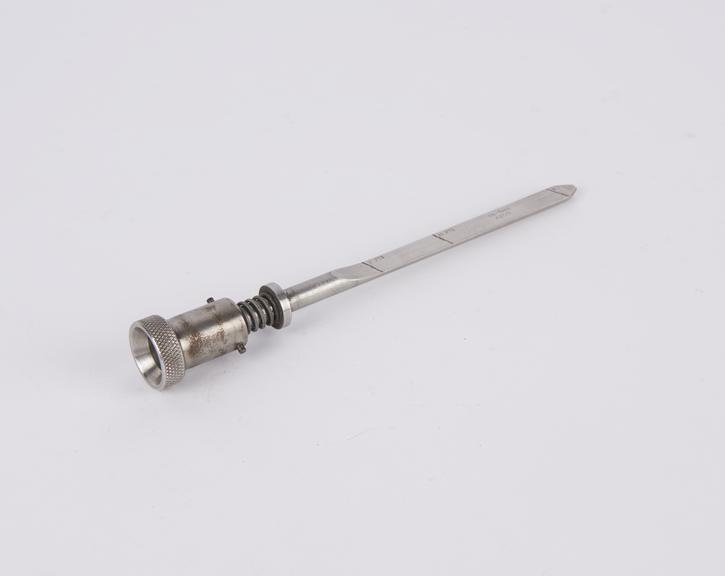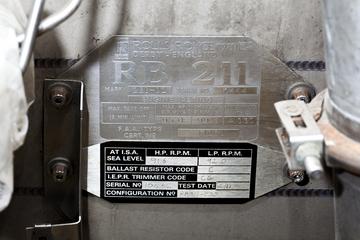Power jets Turbojet engine
Power jets (Whittle) W2/700 Turbojet engine 1944. Manufacturers serial number 18. Air ministry number AM 487847
More
This engine is from the final series made by Frank Whittle's company Power Jets. Frank Whittle was a cadet in the Royal Air Force in 1928 when he had the idea for a gas turbine engine. He saw that this would enable aircraft to fly far higher and faster than with a piston engine and a propeller.
Whittle had problems in getting finance, but by 1936 the threat or war encouraged air rearmament. The Air Ministry began to support development and, in May 1941, the Gloster-Whittle E.28/39 made its first flight with the experimental Power Jets W.1 engine. These flights were so successful that quantity production was assigned to the Rover car company. The relationship between Whittle and Rover went badly and Rolls-Royce took over production in 1943.
The W2/700 is a poignant relic of the Whittle team and the short-lived Power Jets company. It was, in their view, their best engine but, by the time it was developed, manufacture had passed to the mainstream aero-engine companies and Power Jets was converted into a national gas turbine research centre. Whittle did not achieve his dream of manufacturing the jet himself, but he led Britain into the jet age and established it as a major centre of gas turbine design and manufacture.
- Object Number:
- 1982-1071 Pt1
- type:
- engines











